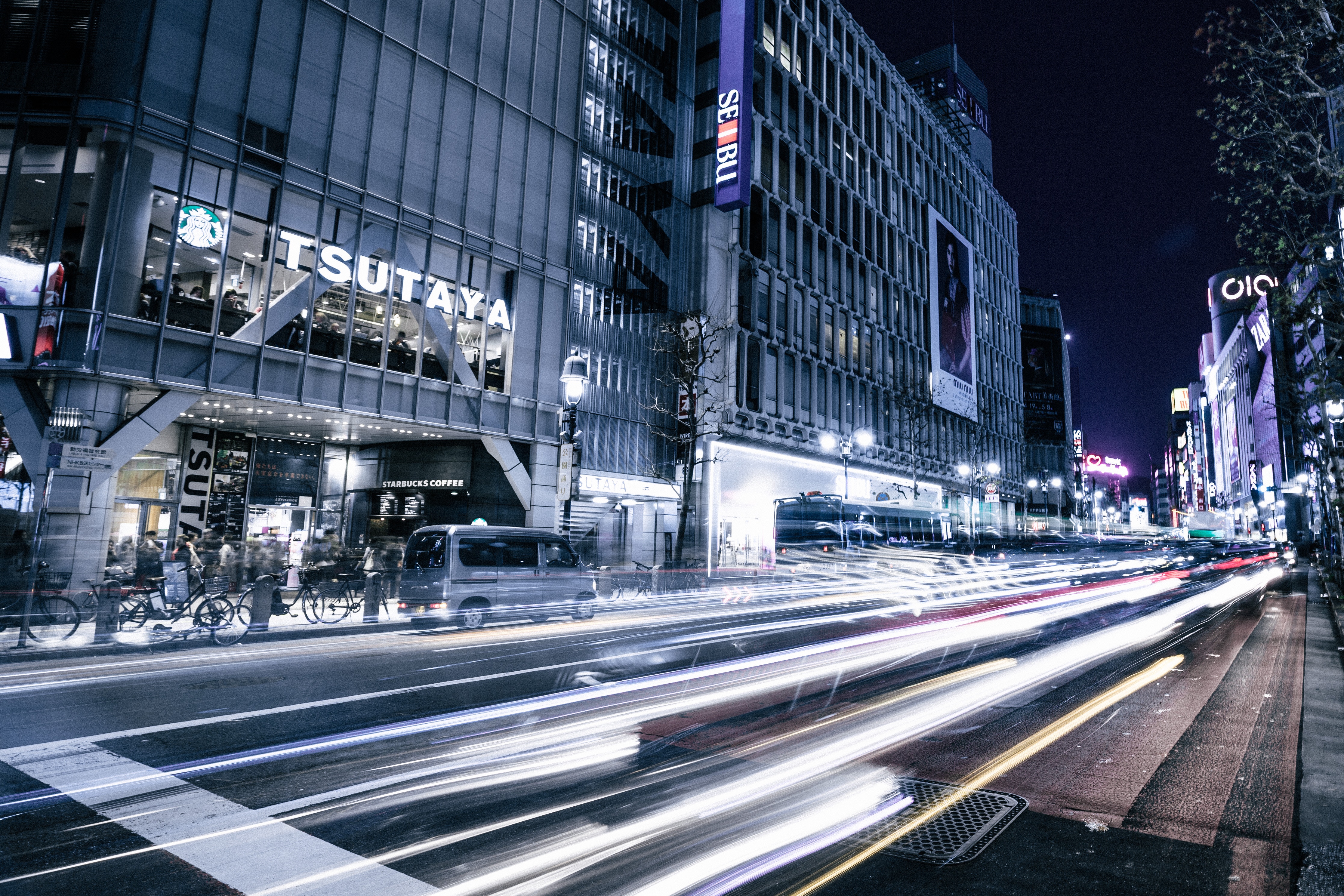
The first paved roads – most likely the Harappan roads of the Indus civilization – are over 6,000 years old. Since their origins the basic function of roads has not changed. But today the roadway sector – encompassing more than 80,000 jobs and 12 billion Euros in revenues – might find a new use in the near future as a source for producing energy. In fact, innovative projects are popping up everywhere that focus on roadways as electrical and heat generators, while contributing to the energy production mix of different territories.
The solar roadway’s search for performance
Roadway innovations are moving towards their own energy production – and absorption – as fast as the clean energy transition is unfolding. For the last few years, people have been talking more and more about using roadways a source for solar energy by placing solar, photovoltaic energy sensors on paved surfaces. In 2016, Wattway – a subsidiary of the Colas Group – inaugurated the first experiment of its kind, in Tourouvre in the Orne region of France. Since then, the experiment of 1km of roadway has been reproduced elsewhere in places such as China, where a solar motorway called the Jinan Expressway was opened. Today, this model is looking to expand its profitability to convince more players to join the market: as of today, the profit margins of roadway solar are lagging compared to more traditional solar energy production, in the average price per Kwh.
Induction roadways for electrical cars
Continuing along the route of energy production, producers of induction roadways are looking to create products to meet the needs that the predicted boom in the electrical car industry might generate. Qualcomm, Renault and the Vedecom Institute have come up with a prototype that will recharge vehicles travelling up to 100 km/h, with an energy value of up to 20kwh… That said, the success of induction is directly relative to how the cars themselves are designed, and implies a radical change in technical paradigms, one where all automobile manufacturers adapt their production to suit the induction chargers. Ahead of such a change, the most advanced experiments have been focused on parking spots and bus stops instead of roadways. In Berlin, the German transportation ministry is currently testing Primove (Bombardier) , an induction recharging system in bus terminals.
Good road energy warms up cities
One path to positive energy sources provides a simple and efficient solution that takes full advantage of the thermal energy produced on roadways. The “Power Road” technology, developed by Eurovia, absorbs solar energy and transfers it to nearby structures through heat pumps. Heated offices, pools or ecological neighborhoods can harness this technology to improve their energy consumption. During the winter months, this technology from the CEA Tech provides for a faster road defrosting process. In summer, it serves to cool them. As such, the roadway adapts to and lives with its environment, playing a positive role on the route to clean energy production!

